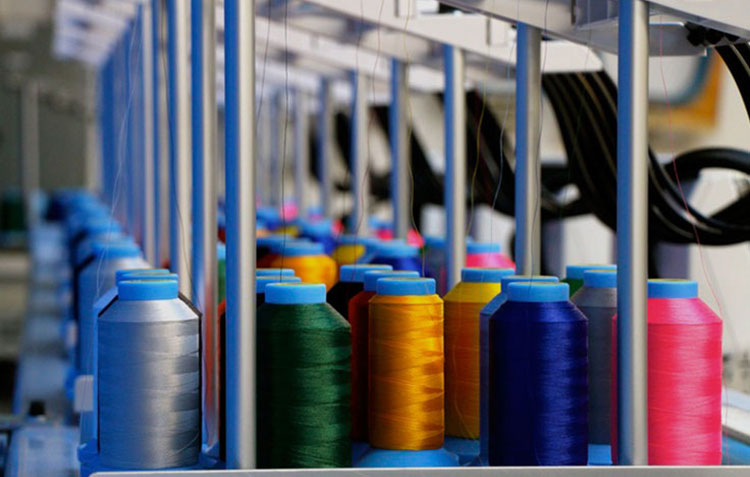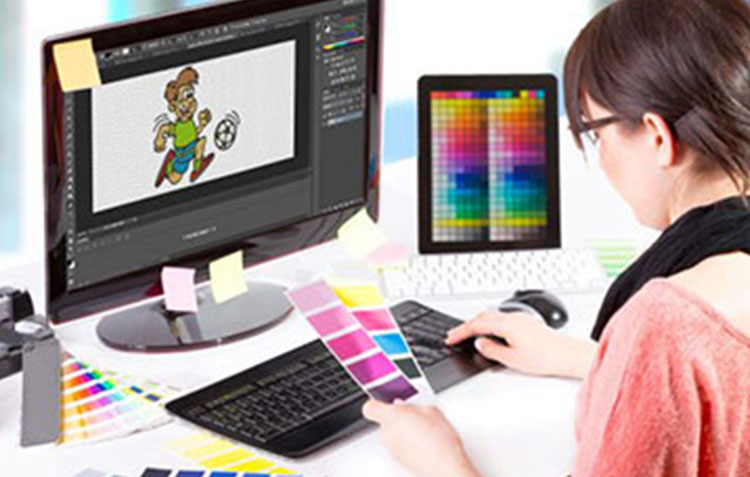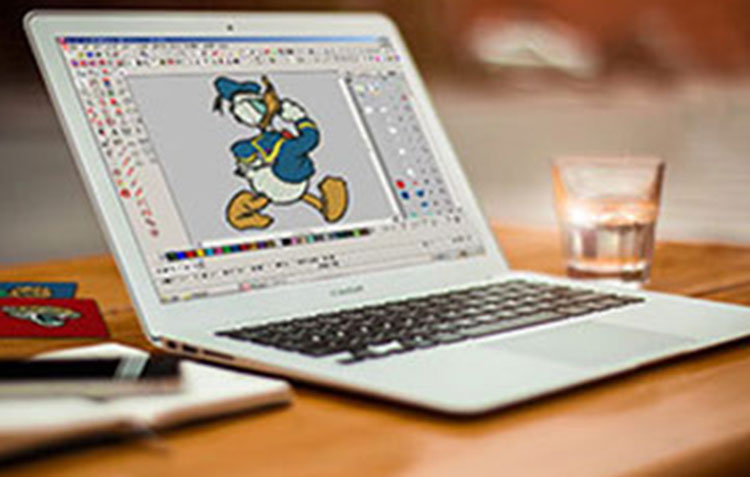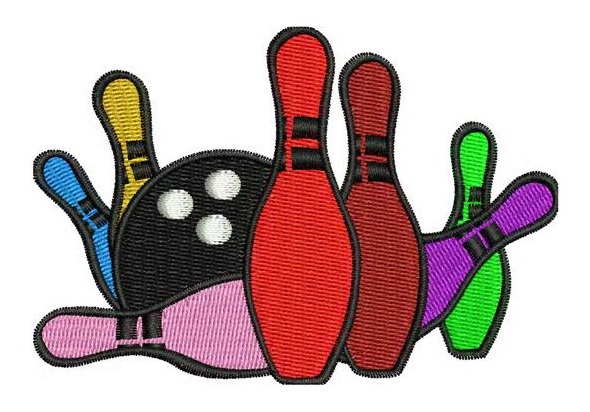All You Need to Know About Embroidery File Formats
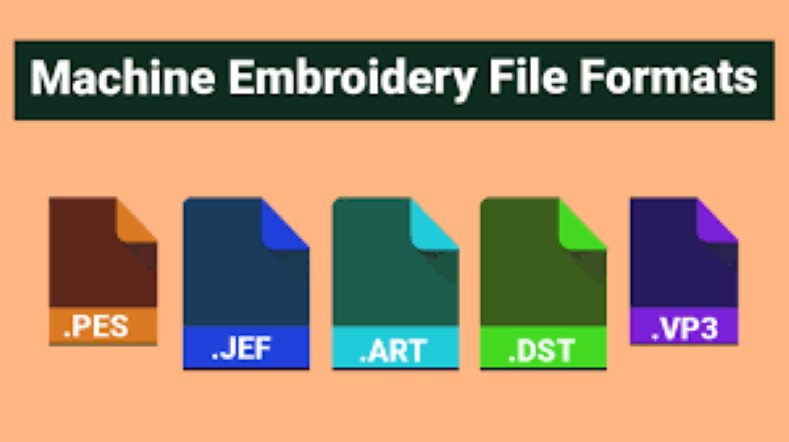
Embroidery has been a popular art form for centuries, and with modern technology, creating embroidered designs has never been easier. However, one key aspect of embroidery that often confuses beginners is understanding embroidery file formats. In this guide, we will cover everything you need to know about embroidery file formats , from the different types to how to determine your machine's compatible format and even how to convert between formats.
Understanding Embroidery File Formats
Embroidery record groups serve as the outline for your machine to create the plan onto the texture, containing crucial points of interest such as fasten designs, colors, and the arrangement of execution. These designs are not widespread, as each weaving machine brand regularly favors an exclusive format or a select few. This specialization is due to the one-of-a-kind ways in which diverse machines decipher and execute embroidery information, guaranteeing that plans are precisely rendered concurring with their determinations.
Knowing the specifics of these designs is significant for anybody looking to plunge into machine embroidery because it impacts everything from the plan procurement preparation to the real embroidery work. Without an understanding of these record sorts, one might discover themselves with incongruent plans that their machine cannot prepare, driving to dissatisfaction and ended ventures. Familiarizing yourself with the different embroidery file groups is the primary step towards consistent embroidery ventures and maximizing the imaginative potential of your machine.
Common Types of Embroidery File Formats
The embroidery world is diverse, with a variety of file formats used to instruct machines on how to bring designs to life. Among the most widely recognized are .DST, primarily used for industrial machines, offering a high level of detail for complex designs. .EXP is favored for its versatility across different machine types. For Brother and Baby lock machines, .PES is the go-to format, supporting a broad color palette and detailed editing options. Janome machines prefer .JEF, ensuring optimal performance and design fidelity. The .XXX format is synonymous with Singer machines, catering specifically to their operational framework. Lastly, .VP3 is tailored for Pfaff and Viking machines, known for its efficient handling of colors and design scalability. Each format caters to the specific requirements and capabilities of embroidery machines, making it vital for users to choose compatible files for their projects.
How to Determine Your Machine's Compatible File Format
Recognizing the proper record format for your embroidery machine may be a clear handle that can spare you time and avoid venture delays. First, consult the client manual that went with your embroidery machine; this archive may be a wealthy asset that ordinarily records the record groups your machine can handle. On the off chance that your manual isn't promptly accessible, a speedy look on the manufacturer's site beneath the bolster or FAQ area frequently yields the fundamental data. Also, numerous embroidery gatherings and community stages offer experiences based on client encounters with different machine models, which can be accommodating.
Another strategy is to check the specifications or settings menu straightforwardly on your embroidery machine, as a few models show consistent record groups here. Taking this step guarantees simply working with plans that are ensured to be congruous, streamlining your weaving handle. Keep in mind, that utilizing the proper record arrangement is significant for accomplishing the leading comes about together with your embroidery ventures, so taking a minute to confirm this data can make a critical distinction in your creating victory.
Converting Between Embroidery File Formats
When you encounter a design in an incompatible format for your embroidery machine, conversion is a straightforward solution. Numerous embroidery software options exist, both free and paid, designed to facilitate this process. To begin, select a software that supports both your machine's format and the format you're converting from. After loading the design into the software, choose the target format that matches your machine's specifications. It's essential to preview the converted design before finalizing, as conversion might slightly alter elements such as stitch patterns or color schemes. Once satisfied, save the new format, making it ready for use with your embroidery machine. This conversion process not only expands your design options but also ensures you can always work with your preferred designs, regardless of their original format.
Best Practices for Managing Embroidery Files
To effectively manage your embroidery files, implementing a structured organization system on your computer is key. Begin by creating a main folder labeled "Embroidery Designs" or a similar name that resonates with your projects. Within this main folder, establish subfolders categorized by design type, project name, or embroidery file format. For instance, you might have subfolders named "Floral," "Holiday Themes," or ".PES Files." This method allows you to quickly navigate and locate specific designs when needed.
Additionally, consider naming your files with descriptive titles that include key details such as the design type, size, and color scheme if applicable. For example, "Rose_Pattern_4x4_Red.PES." Such detailed naming conventions can significantly streamline your workflow, especially when handling a large collection of designs.
Backing up your embroidery files regularly is also crucial. Utilize cloud storage services or external hard drives to safeguard your designs against data loss. By adhering to these practices, you can maintain an organized, efficient, and secure embroidery file system, enhancing your overall embroidery experience.
Conclusion
Exploring the scene of embroidery file formats is fundamental for both amateur and prepared embroiderers. Equipped with the experiences on the different designs, the strategies to recognize your machine's needs, and procedures for organized transformation, you're well-equipped to handle any extent. Grasping these rules will not as it were broaden your plan capabilities but moreover improve the quality of your work. Keep in mind that the victory of your embroidery endeavors significantly depends on your understanding and management of these record designs. As you proceed to investigate and test, you'll discover that managing with these specialized viewpoints gets to be moment nature, permitting your imagination to thrive. Keep this information as an establishment, and you'll see a discernible change within the ease and comes about of your embroidery ventures.





